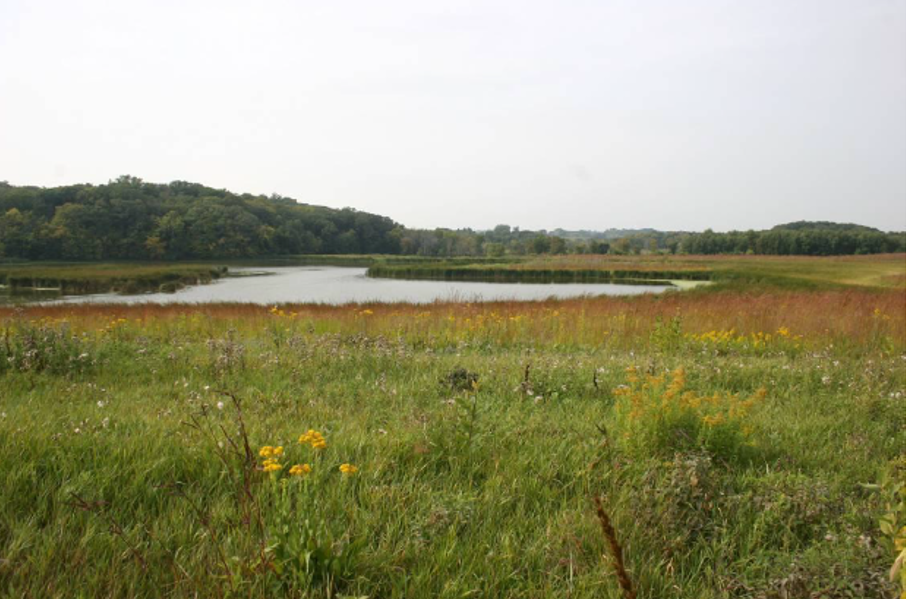Wetlands

Minnesota’s wetlands play an important role in sustaining a healthy environment. They filter water, reduce flooding, sequester carbon, and serve as key wildlife habitat.
We take care to avoid impacting wetlands as much as possible when designing and constructing state transportation projects. We comply with federal and state wetland regulations and obtain permits from watershed districts, the Minnesota Department of Natural Resources, the Minnesota Pollution Control Agency, and the U.S. Army Corps of Engineers. We also implement the Minnesota Wetland Conservation Act rules throughout our right of way.
When we can't completely avoid impacting wetlands, we use high quality wetland restorations to offset our impacts. This enables us to meet Minnesota’s goal of no net loss of wetlands.
In the past, we restored and created many wetlands ourselves and were considered a national leader in the field of wetland mitigation. Today, we primarily offset our wetland impacts through a partnership with the Minnesota Board of Water and Soil Resources (BWSR) that efficiently combines our funds with BWSR’s wetland restoration expertise to locate, plan, construct, and monitor state wetland mitigation sites. At times the state also purchases wetland mitigation credits from private sites.
Resources
- MnDOT wetland contacts, 2025 (PDF)
- Wetland delineation guidance
- MnDOT-Specific WCA & USACE Section 404 Joint Application Template, 2025 (Word)
- Checklist for USACE Transportation Regional General Permit Pre-Construction Notifications, 2020 (PDF)
- Example exhibits for USACE Section 404 permit applications, 2019 (PDF)
- MN Local Road Authority Reference Guide to USACE Permits, 2014 (PDF) - Under revision
- BWSR Local Government Road Wetland Replacement Program

